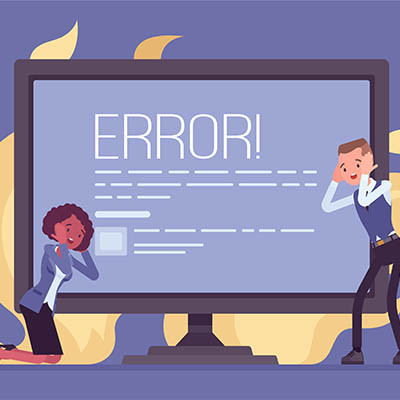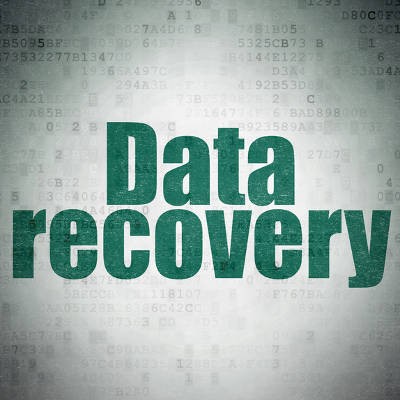It doesn’t take a rocket scientist to understand that a lot can go wrong with business just about every day. If something were to go horribly wrong and you lost access to your data infrastructure, what would you do? Let’s take a look at some of these disaster scenarios and how much data backup and disaster recovery can make a difference for your organization.
415 IT Blog
Modern businesses rely on a lot of technology to stay operational, much of which can be considered hardware, or the physical computing systems that contribute to your infrastructure, like workstations, routers, switches, and servers. Unfortunately, no technology lasts forever, and this is true for hardware as well. One of the most devastating problems that a business can face is hardware failure, and no matter how well you maintain your technology, you must be ready to face down this threat at any given moment.
Data backup is something that some organizations think they can do without, simply because they believe that it’s only valuable to have in the event that something wrong happens. Well, we’re here to break the bad news that if something can go wrong, it most likely will go wrong… at least at some point. With automated cloud backups, however, the chances of some unexpected emergency ending your business are drastically reduced.
Data is the backbone of any modern business. Since your organization relies so much on it, you need to have measures put into place to ensure that your business can access it in some way, shape or form at all times. This is easier said than done, especially for a business on a budget. We’ll walk you through how you can implement a comprehensive data backup solution to protect your organization.
There are a lot of different ways that companies and organizations approach data backup, ranging from backing up everything to backing up literally nothing (which we do not recommend). In many ways, backup is simply a form of insurance—the difference being that you’re investing in a solution to a problem, rather than a means to cover your business’ damages.
Modern businesses generate a lot of data, some of which they couldn’t really function without. This makes the prospect of data loss especially dangerous, making a data backup imperative. Today, cloud computing is seen as the premiere option in terms of data redundancy and availability. Today, we’ll look at why you want to consider storing your backed-up data in the cloud.
For the modern business, not having a backup system in place is inexcusable. If you use digital data to run your business, you need to protect the data you can’t replace by having it backed up regularly. Some businesses have been around long enough to have files that don’t have any practical application in the course of business. You don’t need this data, and you don’t need a copy of it. Today, we will discuss how to select and choose which pieces of data you should seek to protect.
Backup and disaster recovery (BDR) might seem like a singular process, but in reality it’s more of a combination of processes that work in tandem with each other. Backup and disaster recovery both require a different perspective and approach in order to make sure they play nicely with each other. We’ll attempt to address this difference and give you the information needed to make the best decisions possible for your solution.
With data looked on as more of an asset than ever organizations are finding that their data backup and recovery system needs to be comprehensive. By knowing more about backup and recovery, you stand to be able to plan the solution to meet your company’s needs. Today, we will look at the different types of data backup and introduce you to four terms you need to understand.
Data backup. Nobody wants to think about it until it’s too late to do anything about it. While no business ever hopes that they will be struck by a data loss incident, no business will ever regret implementing a backup on the off-chance that they ever suffer from a worst-case scenario. What are some of the most important parts of a data backup and business continuity system? We’ll start with Recovery Point Objective and Recovery Time Objective.
Data backup is one of the most critical parts of protecting your business, but there are a lot of moving parts that need to be considered before implementing a solution. For example, did you know that data backup and disaster recovery are two different things completely? While they may both be involved in the business continuity process, the two represent equally important, yet disparate, parts.











